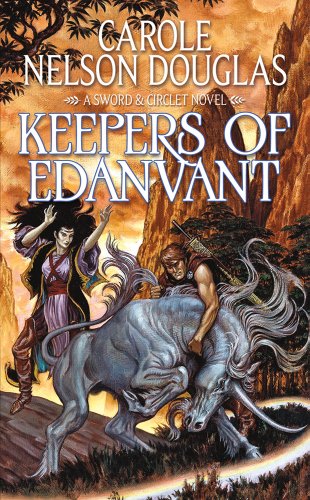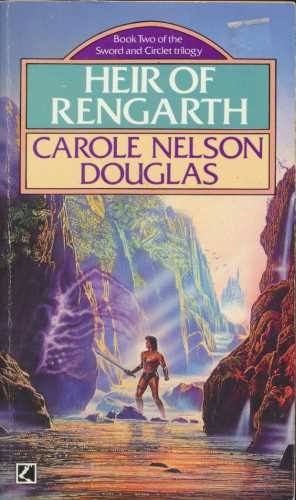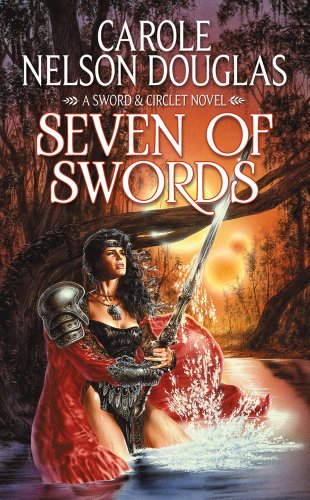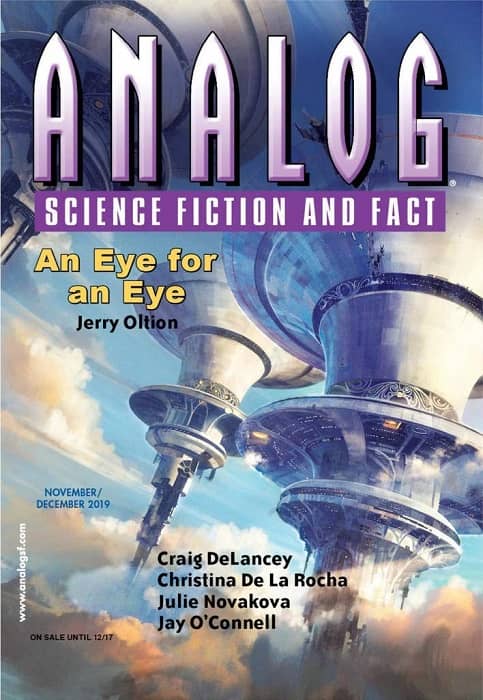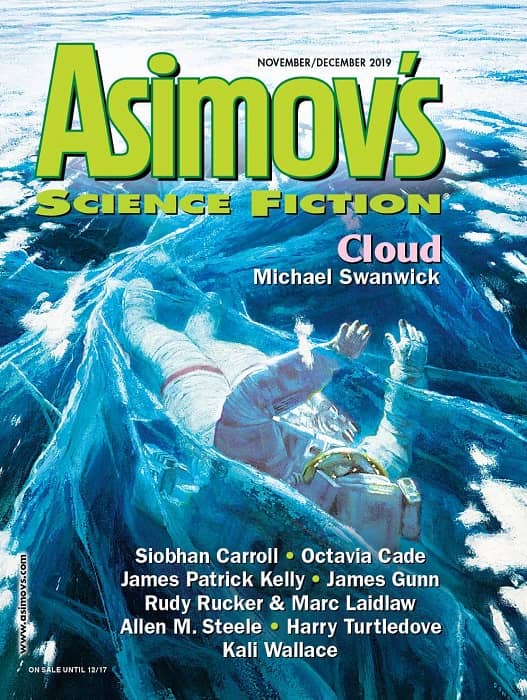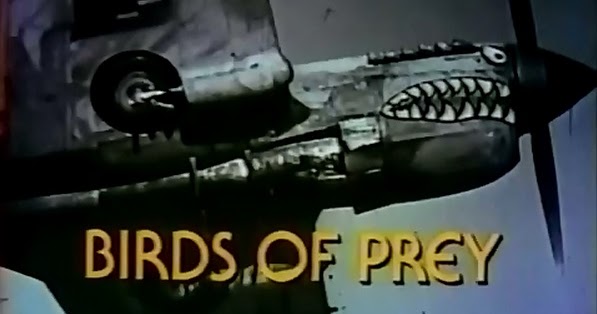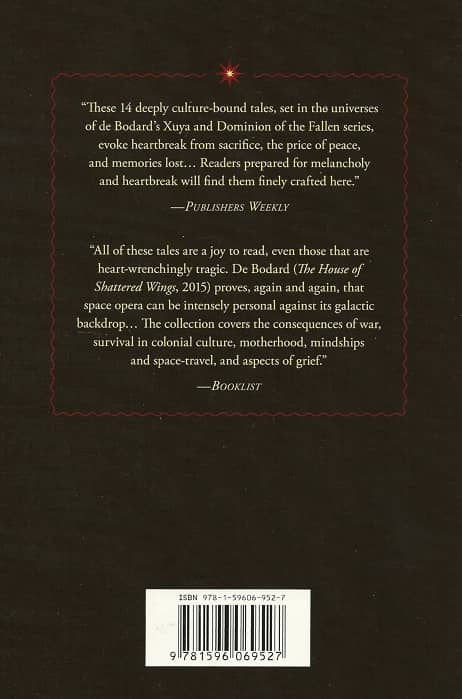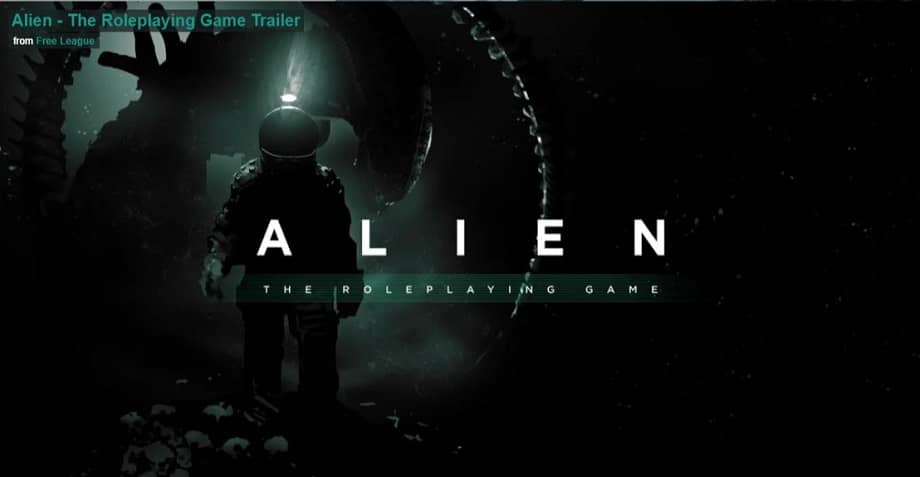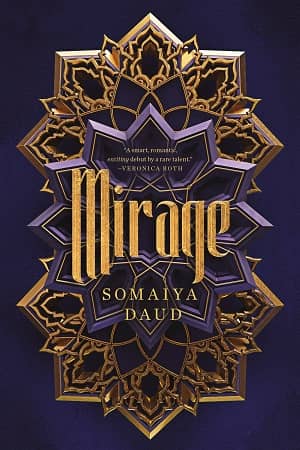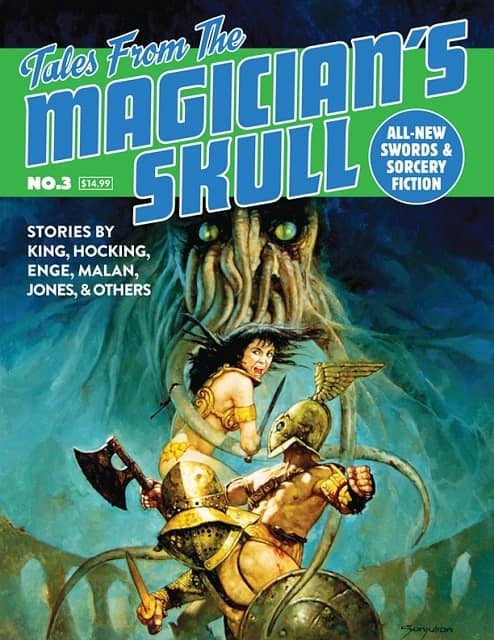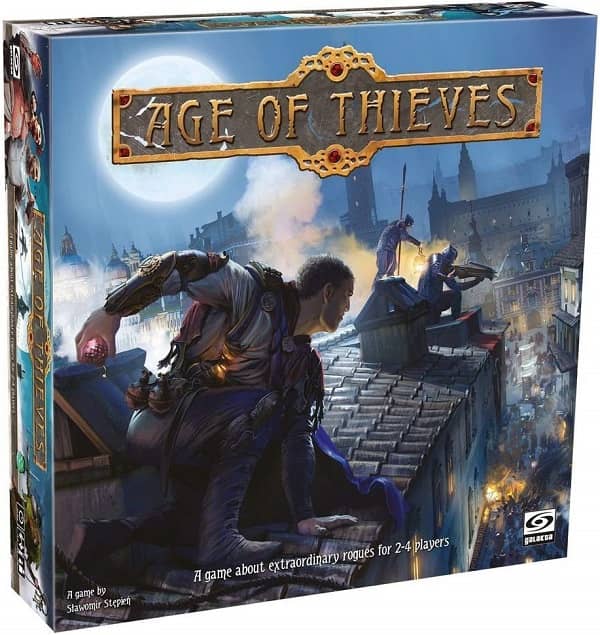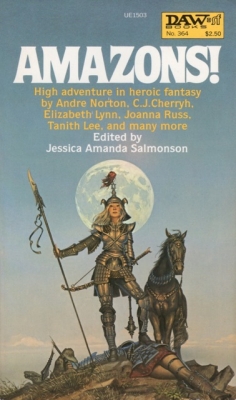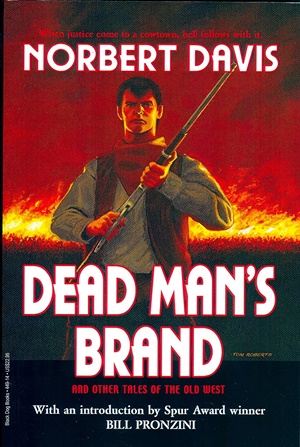
You’re the second guy I’ve met within hours who seems to think a gat in the hand means a world by the tail.” – Phillip Marlowe in Raymond Chandler’s The Big Sleep
(Gat — Prohibition Era term for a gun. Shortened version of Gatling Gun)
Wasn’t sure what to write about this morning. I went on a mini Sword and Sandals kick and recently finished Scott Oden’s Men of Bronze, and Howard Andrew Jones’ Desert of Souls (reviews coming, time willing). I’ve played a lot of Conan Exiles the past few months (when I could) and I definitely want to do a post on that. It’s Minecraft on Steroids (now THERE’S a post title!). My Game Night group dug into Shadows of Brimstone earlier this year and that was a lot of fun (not as brutal as Descent). And my son and I are revisiting Star Wars Destiny (a neat card/dice game).
I’ve continued to work on what I hope will be the definitive Max Latin (Norbert Davis) essay. Though, to be honest, there isn’t really much competition for that honorific. His Latin stories are even more woefully neglected than Davis himself is. Being in a Davis mood, I decided to get Black Dog Books’ Dead Man’s Brand. Davis is best known for his screwball hardboiled comedies (a style that didn’t get him many sales to Cap Shaw, famed editor of Black Mask).
But he wrote for several pulp genres, as well as for the higher-paying slicks. This collection includes eight solid westerns from the pulps, including Dime Western Magazine and Star Western. There’s a good introduction by Bill Pronzini, and in the afterword, Ed Hulse talks about the lone movie adapted from a Davis story (there’s further proof of the under-valuing of Davis’ work).
Maybe I can talk James Reasoner or Duane Spurlock into doing a much better essay on Davis’ westerns than I could possibly ever hope to write, but I’m just going to talk about the first story: “A Gunsmoke Case for Major Cain,” which appeared in Dime Western in October, 1940.
We don’t learn all the details right away, but the story opens with a young girl named Missy trying to crawl under a covered wagon while her drunken uncle (Pops Reese) whips her with a quirt (a short-handled riding whip with a braided leather lash). The coffee she gave him was too hot and burned his tongue. That’s the kind of guy he is. Well, that, and he’s taking her to the town of Cranston to sell her to the local boss – presumably to become a whore in his saloon.
…
Read More Read More
